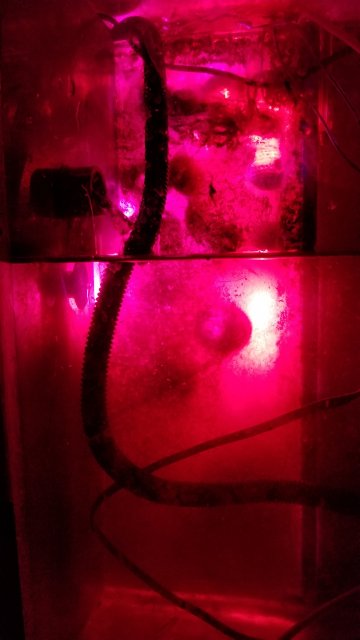that's in the tank correct? and then you have mylar? reflecting the light back?
3 glass mirrors in the tank, Mylar on the front.
The led is submerged, it is maintenance free, as the bulbs are too bright, for algea to grow on. With Lights on the dry side, The glass gets fouled.



